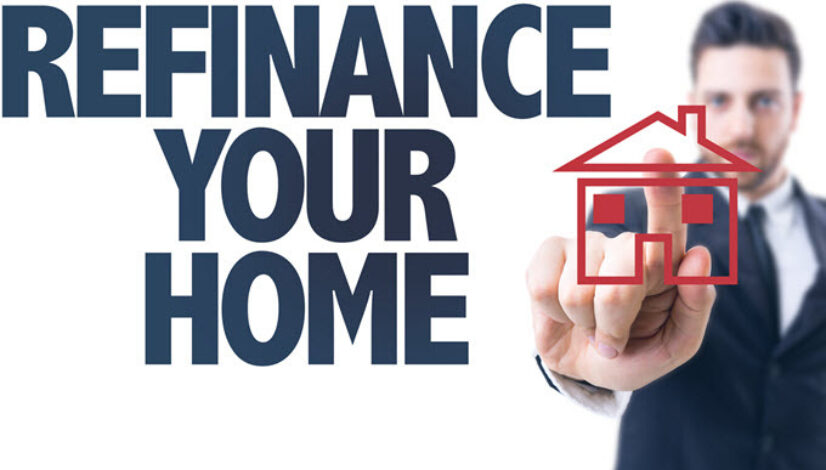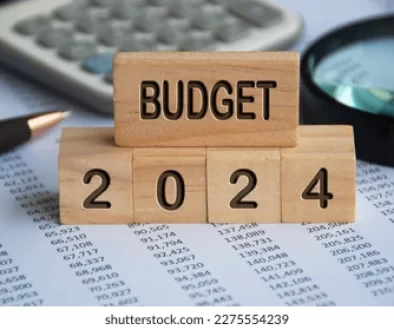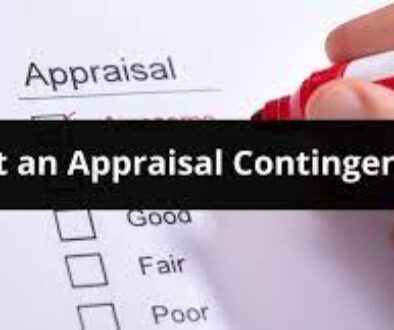Refinancing Your Current Loan
Refinancing Your Current Loan
What Does It Mean To Refinance A House?
Refinancing the mortgage on your house means you’re essentially trading in your current mortgage for a newer one – often with a new principal and a different interest rate. Your lender then uses the newer mortgage to pay off the old one, so you’re left with just one loan and one monthly payment.
There are a few reasons people refinance their homes. You can use a cash-out refinance to make use of your home’s equity or look into a rate and term refinance to get a better interest rate and/or lower monthly payment. A refinance could also be used to remove another person from the mortgage, which often happens in the case of You can divorce also add someone to the mortgage
.
How Does Refinancing A Home Work?
The refinancing process is often less complicated than the home buying process,many of the same steps. It can be hard to predict how long your refinance will take, but the typical timeline is 30 – 45 days.
Applying
The first step of this process is to review the types of refinance to find the option that works best for you.
When you apply to refinance, your lender asks for the same information you gave them or another lender when you bought the home. They’ll look at your income, assets, debt and credit score to determine whether you meet the requirements to refinance and can pay back the loan.
Some of the documents your lender might need include your:
- Two most recent pay stubs
- Two most recent W-2s
- Two most recent bank statements
Your lender may also need your spouse’s documents if you’re married and in a community property state (regardless of whether your spouse is on the loan). You might be asked for more income documentation if you’re self-employed. It’s also a good idea to have your tax returns handy for the last couple of years.
You don’t have to refinance with your current lender. If you choose a different lender, that new lender pays off your current loan, ending your relationship with your old lender. Don’t be afraid to shop around and compare each lender’s current mortgage interest rates, availability and client satisfaction scores.
Locking In Your Interest Rate
After you get approved, you may be given the option to either lock your interest rate, – so it doesn’t change before the loan closes – or to float your rate.
Lock Your Refinance Rate
Rate locks last anywhere from 15 to 60 days. The rate lock period depends on a few factors like your location, loan type and lender.You may also get a better rate by opting to lock for a shorter period of time because the lender doesn’t have to hedge against the market for as long. Be warned, though: If your loan doesn’t close before the lock period ends, you may be required to extend the rate lock, which may cost money.
Float Your Rate
You might also be given the option to float your rate, which means not locking it before proceeding with the loan. This feature may allow you to get a lower rate, but it also puts you at risk of getting a higher mortgage rate.In some cases, you might be able to get the best of both worlds with a float down option, but if you’re happy with rates at the time you’re applying, it’s generally a good idea to go ahead and lock your rate.
Underwriting
Once you submit your refinance loan application, your lender begins the underwriting process. During underwriting, your mortgage lender verifies your financial information and makes sure that everything you’ve submitted is accurate.Your lender will verify the details of the property, like when you bought your home. This step includes an appraisal to determine the home’s value. The refinance appraisal is a crucial part of the process because it determines what options are available to you.
Home Appraisal
Just like when you bought your home, you must get an appraisal before you refinance. Your lender orders the appraisal, the appraiser visits your property, and you receive an estimate of your home’s value.
To prepare for the appraisal, you’ll want to make sure your home looks its best. Tidy up and complete any minor repairs to leave a good impression. It’s also a good idea to put together a list of upgrades you’ve made to the home since you’ve owned it.
How you’ll proceed after the appraisal depends on whether:
- The appraisal matches the loan amount. If the home’s value is equal to or higher than the loan amount you want to refinance, it means that the underwriting is complete. Your lender will contact you with details of your closing.
- The appraisal comes back low. If you get a low appraisal, the loan to value ratio on your refinance could be too high to meet your lender’s requirements. At this time, you can choose to decrease the amount of money you want to get through the refinance, or you can cancel your application. Alternatively, you can do what’s called a cash- in refinance and bring cash to the table in order to get the terms under your current deal.
Closing On Your New Loan
Once underwriting and the home appraisal are complete, it’s time to close your loan. A few days before closing, your lender will send you a document called a Closing Disclosure. That’s where you’ll see all the final numbers for your loan.
The closing for a refinance is faster than the closing for a home purchase. The closing is attended by the people on the loan and title and a representative from the lender or title company.
At closing, you’ll go over the details of the loan and sign your loan documents. This is when you’ll pay any closing costs that aren’t rolled into your loan. If your lender owes you money (for example, if you’re doing a cash-out refinance), you’ll receive the funds after closing.
Once you’ve closed on your loan, you have a few days before you’re locked in. If something happens and you need to get out of your refinance, you can exercise your right of rescission to cancel any time before the 3-day grace period ends.
4 Reasons To Refinance Your Mortgage
As we mentioned, there are a variety of reasons why you might want to refinance your existing mortgage. Let’s look at some of the main reasons here.
- Change Your Loan Term
Many people refinance to a shorter term to save on interest. For example, say you started with a 30-year loan but can now afford a higher mortgage payment. You might refinance to a 15 year term to get a better interest rate and pay less interest overall.
- Lower Your Interest Rate
Interest rates are always changing. If rates are better now than when you got your loan, refinancing might make sense for you. Lowering your interest rate can lower your monthly payment. You’ll likely pay less total interest over the life of your loan as well.
- Change Your Loan Type
A different type of loan or loan program may benefit you for a number of reasons. Perhaps you originally got an adjustable rate mortgage to save on interest, but you’d like to refinance your ARM to a fixed-rate mortgage while rates are low.
- Cash Out Your Equity
With a cash- out refinance you borrow more than you owe on your home and pocket the difference as cash. If your home’s value has increased, you may have enough equity to take cash out for home improvement, debt consolidation, or other expenses.Using cash from your home allows you to borrow money at a much lower interest rate than other loan types. A cash-out refinance can have tax implications, though.
Refinancing FAQs
Learn more about refinancing your mortgage loan and get more mortgage refinance tips by reading the common questions that homeowners have about the process.
What does it cost to refinance?
The total cost to refinance depends on a number of factors like your lender and your home’s value. Expect to pay about 2% – 6% of the total value of your loan.
The nice thing about refinancing is that you may not have to pay those costs out of pocket, especially since the adverse market refinance fees were eliminated.
When should I refinance my mortgage?
You’ll need to think through a number of factors when deciding if you should refinancing. Consider market trends – including current interest rates – as well as your financial situation (especially your credit score) . It’s a good idea to use a mortgage refinance calculator to figure out your break-even point after accounting for refinancing expenses.
Is a second mortgage the same thing as refinancing?
The new mortgage you get from refinancing replaces your existing loan, an important distinction between getting a second mortgage and refinancing. Another is that a refinance comes with one monthly mortgage payment, while a second mortgage requires two – your original mortgage and your second mortgage. While closing costs are typically lower for second mortgages – such as home equity loans or home equity lines of credit (HELOCs) – they usually come with higher interest rates than a refinance does. Review what works best for you before deciding on a financing option.
Can I reduce my monthly mortgage payment without refinancing?
If you’re interested in lowering your monthly payment, a mortgage recast is a straightforward option. It involves making a significant lump-sum payment on your principal so your lender can reamortize the balance.
How soon after closing can I refinance?
The answer to this question depends on the type of loan you’re getting and the mortgage investor in your loan. It could be as little as 30 days and as long as 6 months or 1 year.
How often you can refinance depends on the amount of equity built up and the current mortgage balance.
Will refinancing my home affect my credit?
When a homeowner refinances their mortgage, the lender pulls a hard inquiry and runs a credit report on the borrower’s history. This approval process will lower your credit score but only for a short period of time. As long as you don’t open any other credit cards and continue repaying any debts you have, your credit score can recover after a few months.




